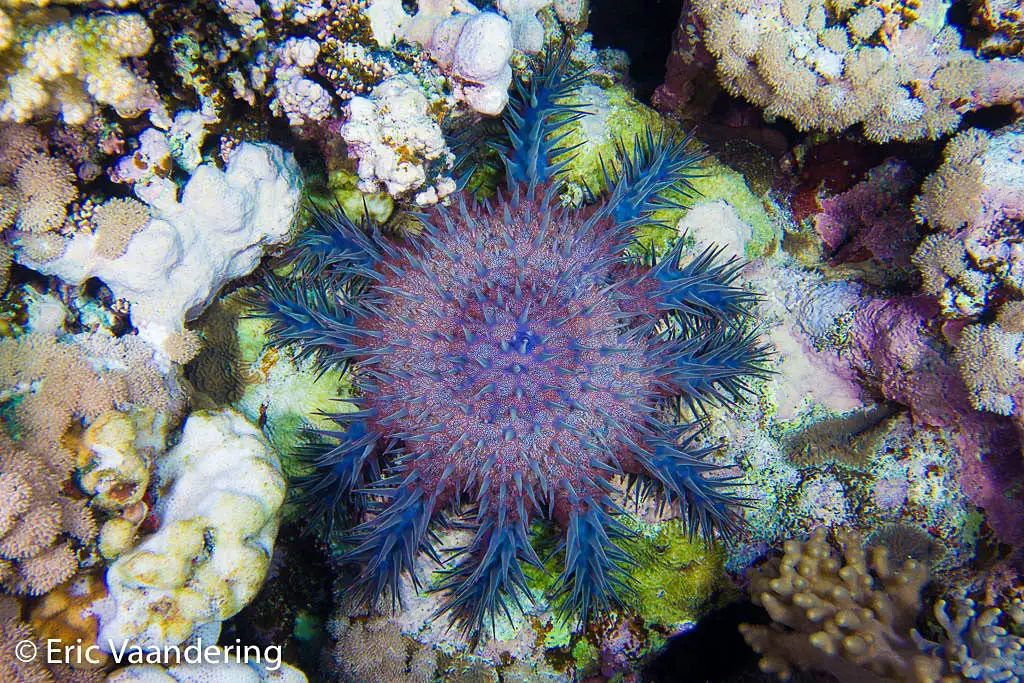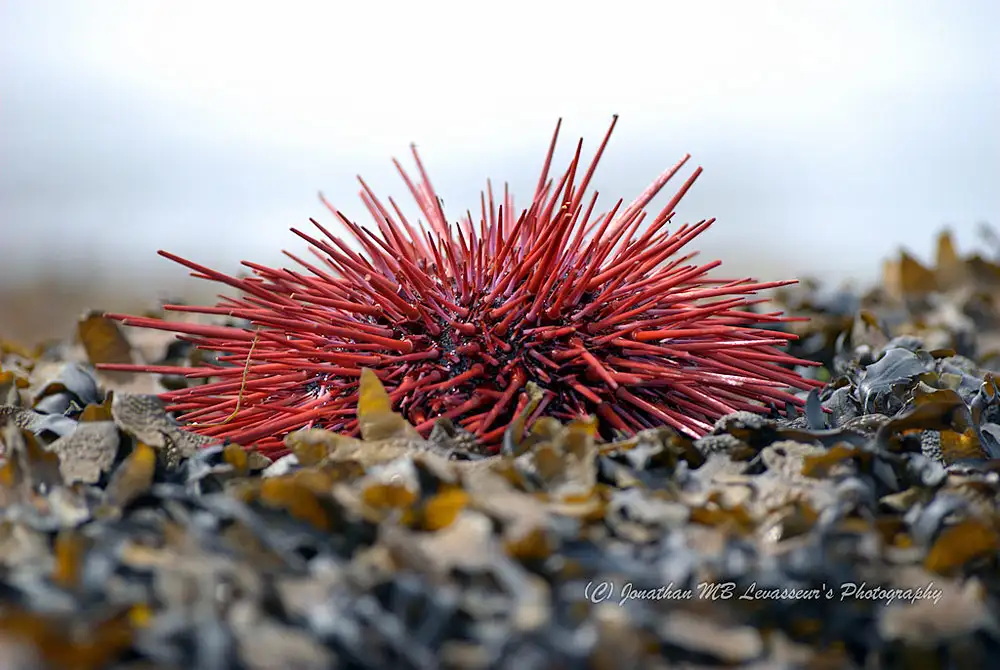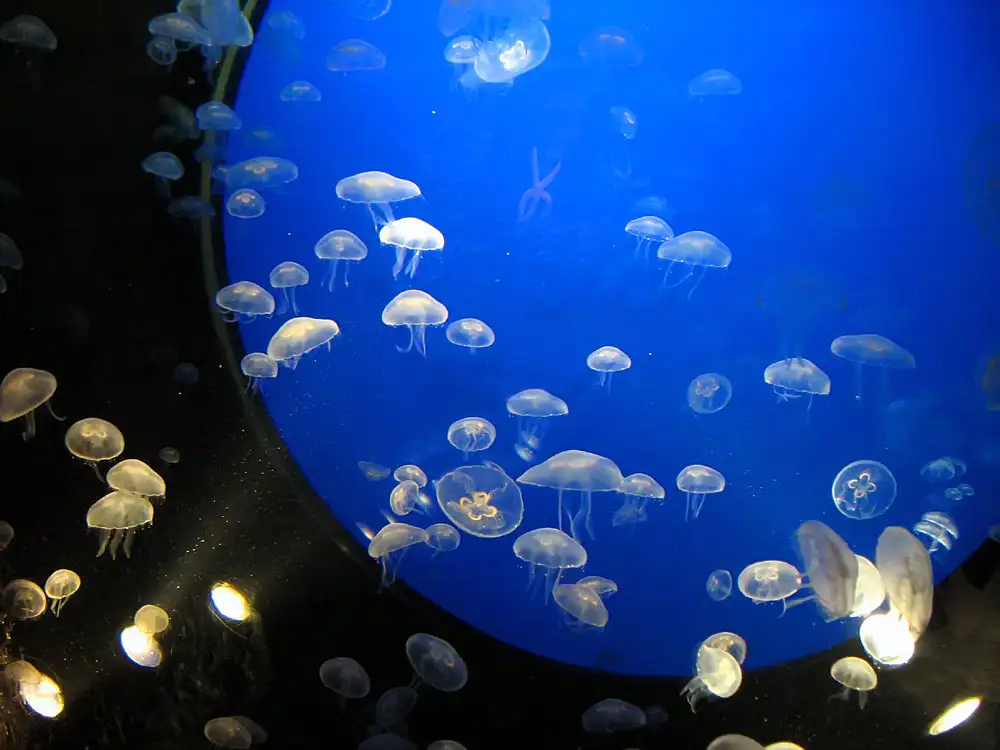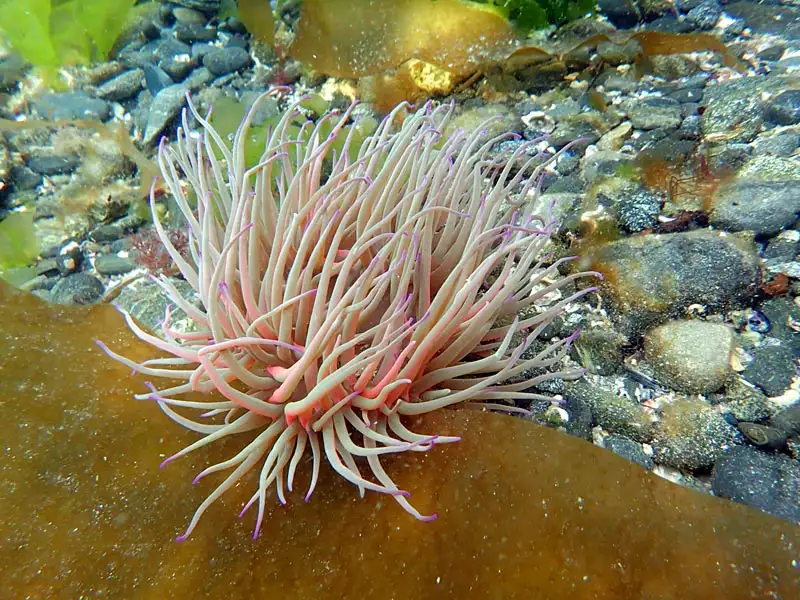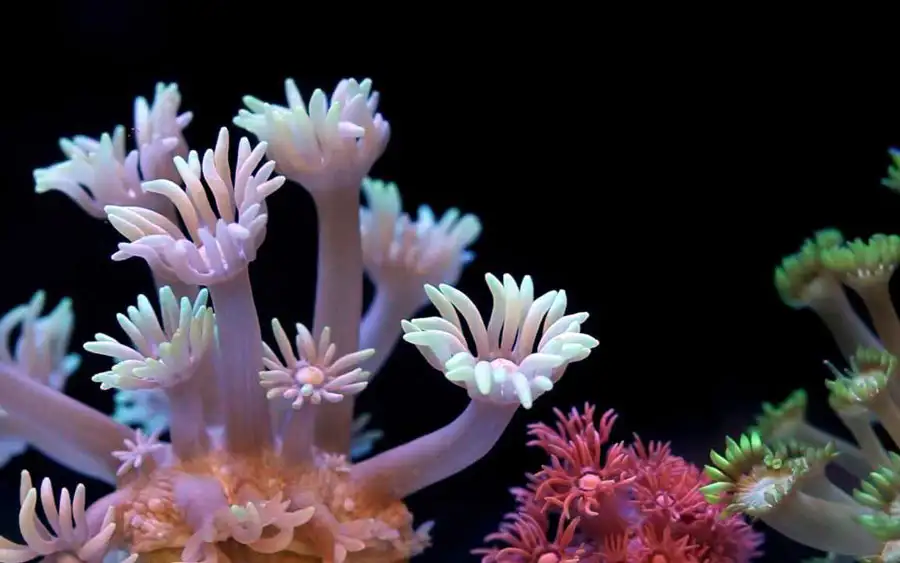Zhenghaixing
IUCN
LCBasic Information
Scientific classification
- name:Zhenghaixing
- Scientific Name:Tumor starfish
- Outline:Echinodermata
- Family:carnivorous starfish
Vital signs
- length:30cm
- Weight:0.1-6kg
- lifetime:3-27Year
Feature
Has extraordinary regenerative capabilities
Distribution and Habitat
Tumor starfish live in groups or singly on gravel shoals and seagrass beds.
Tumor starfish usually live in shallow waters with a depth of 1-30 meters, and their larvae usually live in shallow waters within 2 meters.
Appearance
Up to 15 (cm). There are many colors, including light reddish brown, blue, white or yellow, with dark brown fleshy protrusions on the body. Food habits carnivorous
Details
Tumor starfish generally refers to starfish with a gentle temperament. Mainly lives in shallow tidal areas of the Indian Ocean about 2 meters deep. Distributed in the warm waters of the Pacific, Indian Ocean and Red Sea. Tumor starfish are carnivores, feeding primarily on molluscs, crustaceans, worms, detritus, and sponges.

Starfish have extraordinary regenerative abilities. If a predator attacks them and they lose an arm leg, they can regrow the missing part. They usually have 5 arms, but have been found with 4 or 6 arms, which may occur because more than one arm was damaged at the same time.
• Their mouth is located in the center of the ventral surface of the body. When hunting, they will cover the food with their body, spit out the cardiac and stomach from the mouth to wrap the prey, and start digestion and absorption from outside the body.
• Like other tropical echinoderms, symbionts such as shrimps (genus Softshell), small brittle stars, and even juvenile fish can be found on the surface of protuberant starfish. Because tuberculous starfish have hard thorny skin, there are fewer predators that will prey on them.
• Because starfish are slow-moving, when they wash up on shore, they are eaten by many animal predators, including fish, crabs, sharks, humans, and birds.


